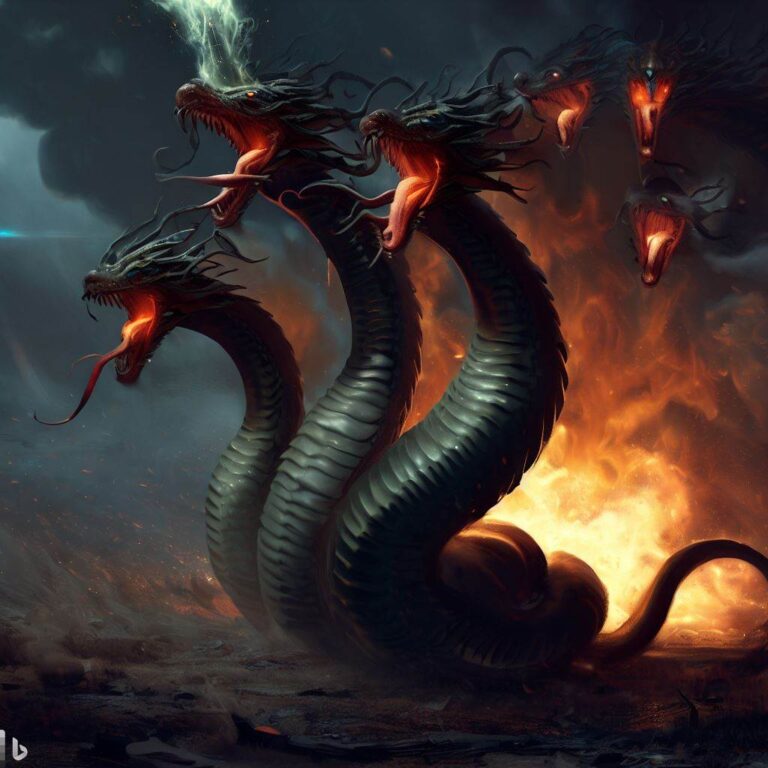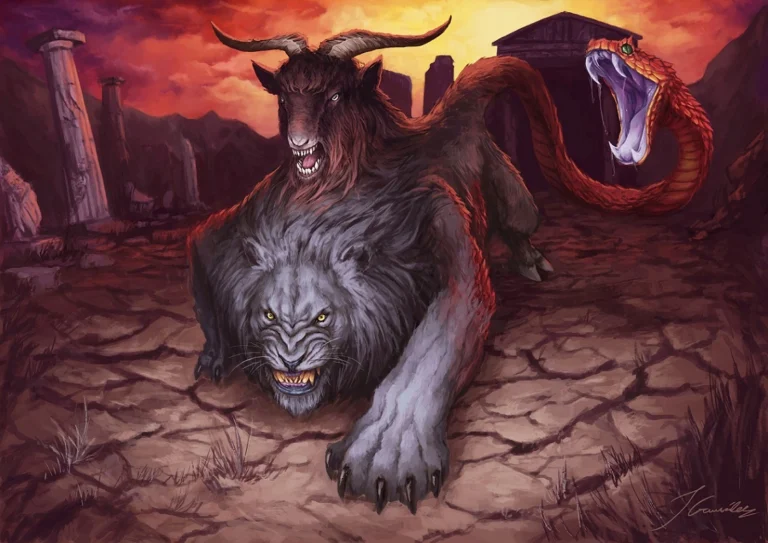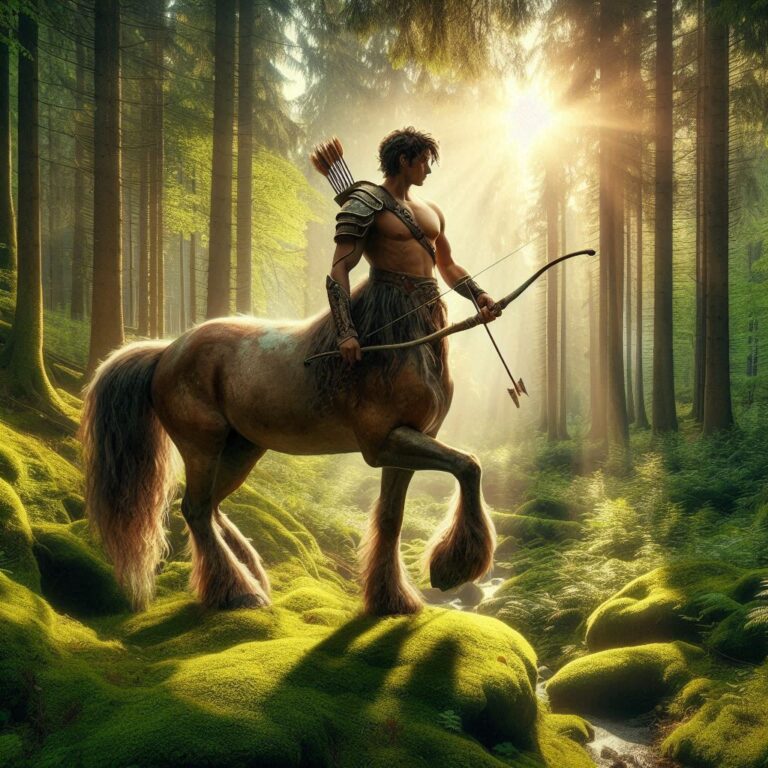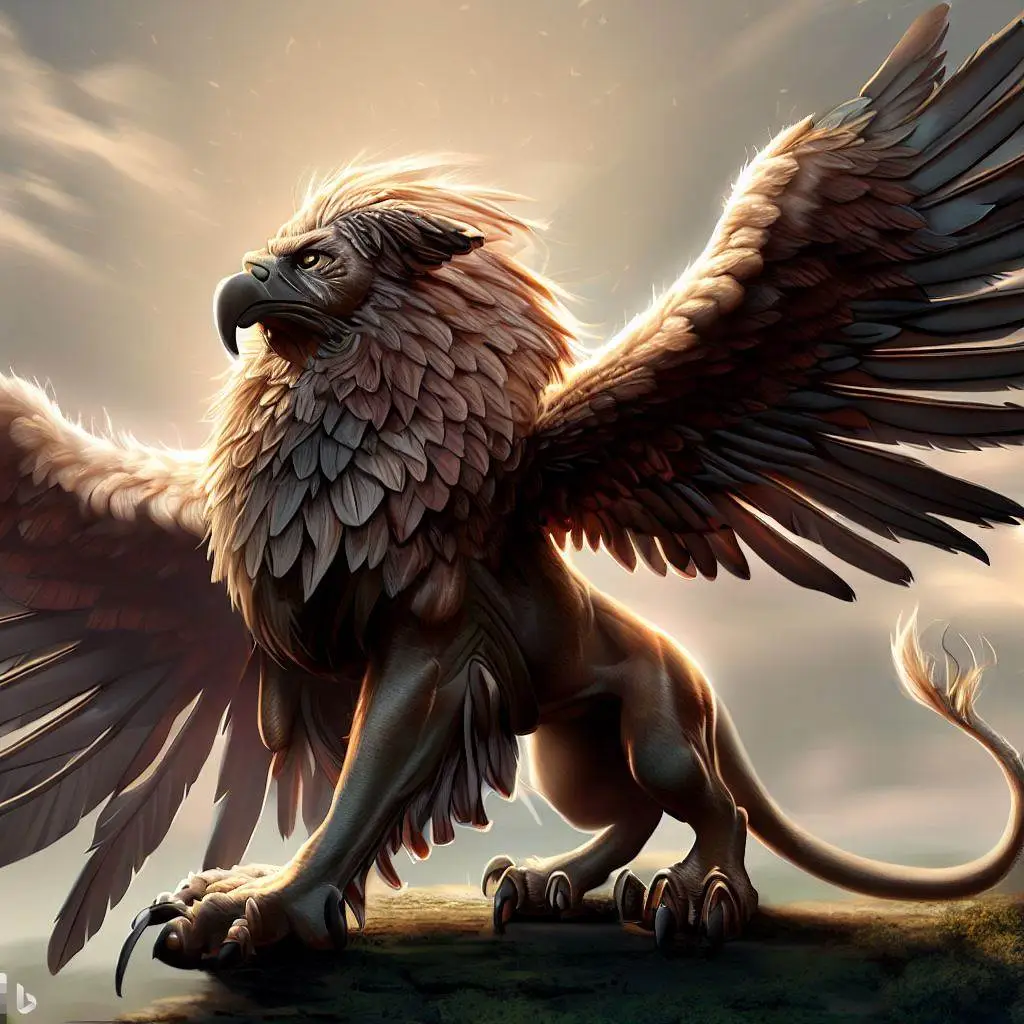
The griffin is one of the most recognizable creatures in ancient myths and legends. With the head and wings of an eagle and the body of a lion, it is a powerful hybrid that has fascinated people for thousands of years.
This article will explore the origins, history, powers and enduring appeal of the griffin, gryphon or gryps in ancient mythology. Discover why this ferocious beast continues to appear in popular culture today.

Cute Griffin Ceramic Mug, 11oz
What is a Griffin?
A griffin is a legendary creature with the head, wings and talons of a large eagle at the front, and the body and hindquarters of a lion. It is therefore a hybrid combination of the ‘king of birds’ and the ‘king of beasts’.
They were considered to be powerful, majestic and noble creatures in classical mythology. Some key attributes include:
- Head of an eagle with sharp beak
- Fur-covered lion’s body with four sturdy legs
- Large wings covered in feathers for flight
- Front eagle claws or talons for grasping prey
- Powerful lion’s tail
Since at least the 5th century BC, griffins were known to Greek writers like the historian Herodotus and the poet Pindar. They were said to inhabit the mountains and wilderness beyond the civilized world, hiding fabulous treasures.
ads content
Origins and History
The griffin has a long history reaching back to ancient Egyptian and Persian art dated to before 3000 BC.
Ancient Depictions
Some of the earliest evidence comes from ancient Egypt, where griffins decorate cosmetic jars found in tombs from the Naqada II period about 3500 BC. In the Levant region, 15th century BC frescoes in the Minoan ruins of Tell el-Daba show griffins chained as captives.
Ancient Persia also favored the griffin, where it was known as the senmurv and associated with the Zoroastrian deity Ahura Mazda. Numerous gilt bronze senmurv figurines have been found dating to the 1st millennium BC.
Ancient Greece
In ancient Greece, the griffin was known as the gryps or gryphon. Greek writers described them guarding fabulous hoards of gold in the far reaches of Scythia and India. The griffin was said to be larger than four elephants with claws that could cut solid stone.
The griffin became an emblem of divine power and a guardian of the divine. Some temples featured griffins perched on the corners of rooftops as protective guardians.
Greek myths also claim Apollo traveled to the land of the Hyperboreans in a chariot drawn by griffins. And ancient Greek mythology portrayed the griffin as a guardian of priceless objects and treasures.
By the Middle Ages, the griffin became a popular emblem in coats of arms, flags, architectural ornaments and other imagery across Europe. It symbolized strength, courage and vigilance.
The City of London even adopted the griffin as part of its official coat of arms, which is still used today.
Physical Attributes
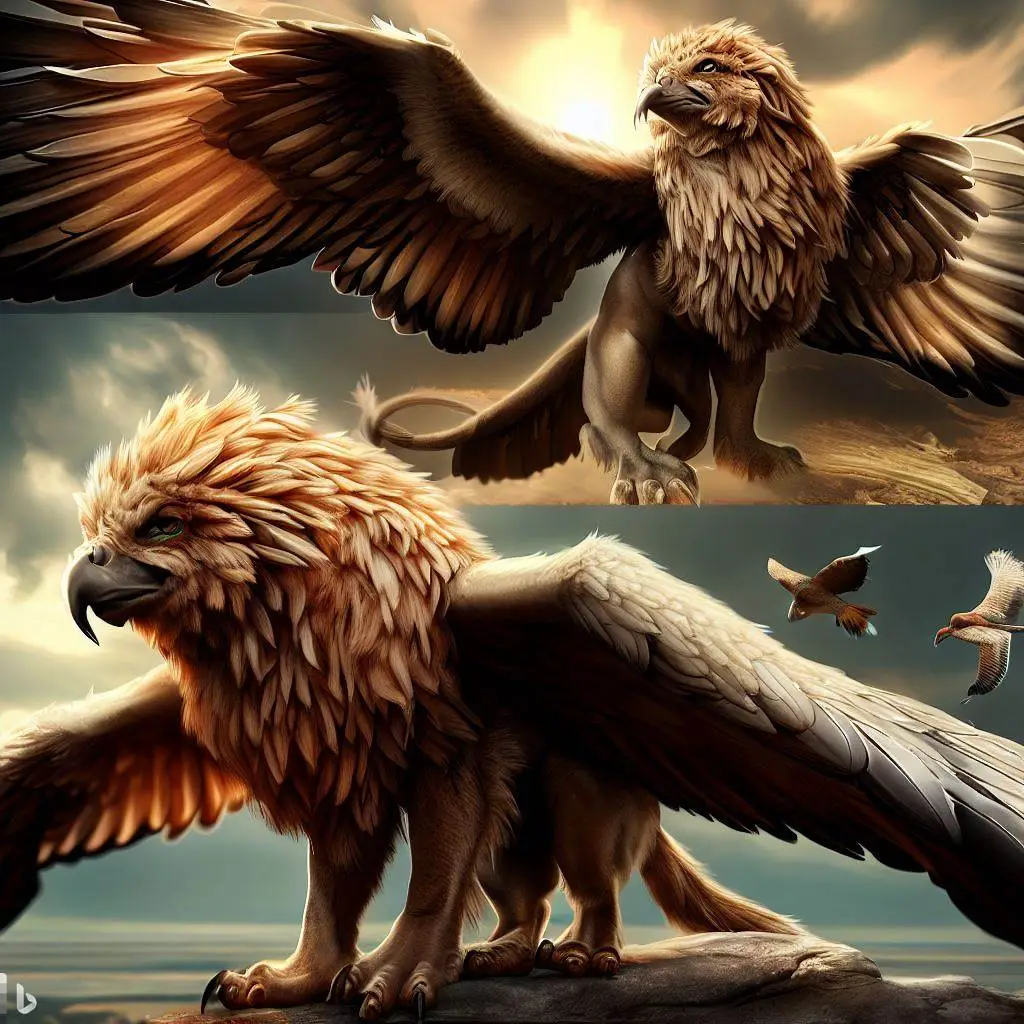
RELATED Read more About Winged Mythical Creatures
As a hybrid creature, the griffin combines features of an eagle and a lion. Traditional descriptions include:
Eagle Head and Wings
- Head, beak and neck of a large eagle
- Pointed ears
- Bright, piercing eyes to spot prey from a distance
- Powerful wings covered in brown or golden feathers
- Sharp front talons used for snatching up prey in flight
Lion Body and Legs
- Muscular lion’s body covered in fur
- Four sturdy legs like a lion, clawed feet
- Long lion’s tail
- Varied from small to gigantic in different tales
This fusion creates an image of majesty and power—the regal presence of an eagle with the fierce strength of a lion. The eagle wings and claws complement the crushing power and leaping ability of the lion’s body.
Habitat and Behavior
Ancient texts depict griffins living in the mountains and remote places away from humans. They were said to hoard gold and other treasures in their lairs and nests. Although fierce, some legends portrayed them as quiet, solitary creatures.
Lone Guardians
Most stories describe griffins as living alone rather than in prides like lions. They would perch on mountain ridges and peaks overlooking their territory. Their high vantage point helped spot intruders trying to steal their gold.
Territorial Creatures
Griffins were extremely territorial creatures who would viciously attack anyone entering their domains. But some folktales portrayed them as more benign, capable of being befriended if shown kindness.
Protecting Wealth
The griffin Kulta was said to fiercely guard vast deposits of gold in India. Greek adventurers, like Aristeas in the 7th century BC, shared tales of battling and capturing these creatures to seize their valuable nests and hoards. These stories helped give rise to the legend of griffins as guardians of gold.
ads content
Powers and Abilities
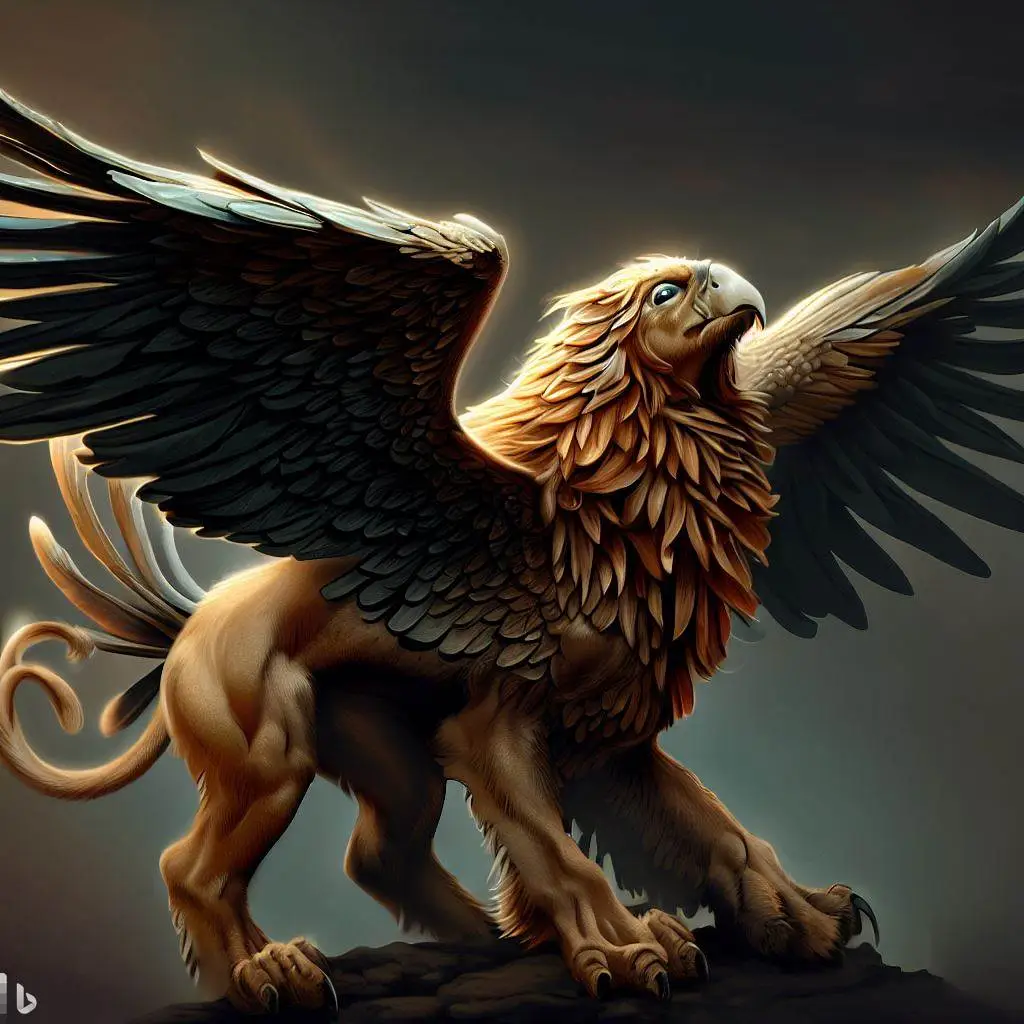
With its combined features, the griffin boasts a formidable array of predatory traits and abilities:
- Great physical strength in its lion-like body and legs
- Sharp front talons capable of slicing open prey
- Powerful jaws with an eagle’s razor-sharp beak
- Excellent vision afforded by the eagle to spot threats from far away
- Keen hearing and sense of smell like the lion
- Agility and speed on land with its muscular lion’s body
- The power of flight thanks to its enormous eagle wings
These abilities made the griffin an unmatched guardian that could leap, pounce, carry off prey, and swiftly fly to attack from the air. Few creatures could threaten a fully-grown griffin’s dominion.
The Griffin in Mythology
The griffin features prominently in the mythology of various ancient cultures. Some examples include:
Ancient Persia
In Persian mythology, the senmurv was revered for exemplifying aspects of divinity. It adorned palaces as a protective guardian and symbol of power. Griffins towing a chariot were carved into Persepolis, a ceremonial capital of ancient Persia.
Ancient Greece
The griffin appears in numerous ancient Greek stories and texts. In Apollo’s chariot, it signified the concept of air and served the sun god’s oracle at Delphi. The historian Herodotus described abundant gold-hoarding griffins in the mountains of India.
Ancient Egypt
Egyptian cosmology incorporates references to the griffin, known as Aker. Griffins decorated the throne of Pharaoh Tutankhamun. They were seen as fellow travelers to the afterlife, providing air transport for the souls of the dead.
England
The animal was carved extensively in English churches and cathedrals during the medieval era. It signified vigilance and guardianship. Some theories even suggest the griffin legend reached Europe along Silk Road trade routes from the Orient.
Overall, these shared cultural traditions help explain why the griffin appears so widely as a symbol of divine power and protection of value.
The Griffin in Legend
Beyond formal myths, griffins play a role in folk tales and fantastical stories across the ancient world. A few examples:
Fighting Off Gryps
When Greek philosopher Aristeas died in a field, local shepherds claimed to see him vanish into thin air. According to Aristeas, he had actually traveled to the exotic lands of the Hyperboreans, far north of Greece, where he encountered one-eyed men and gold-hoarding griffins. He managed to slay seven of them and plunder their wealth.
Collecting Feathers and Claws
Pliny the Elder describes how the Scythian people who lived near the griffins would scatter pieces of sheep and cattle to distract the creatures when they emerged to raid livestock. While the griffins feasted, the Scythians would gather their shed feathers and claws. These were said to have medicinal properties.
Guarding Treasure
Alexander the Great was said to have captured a pair of live griffins during his campaigns in India. He built a large enclosure of iron bars to house them, where they were guarded day and night. Alexander hoped to eventually transport them back to Greece as part of a spectacular procession showcasing his conquered exotic beasts of India.
Griffins in Popular Culture
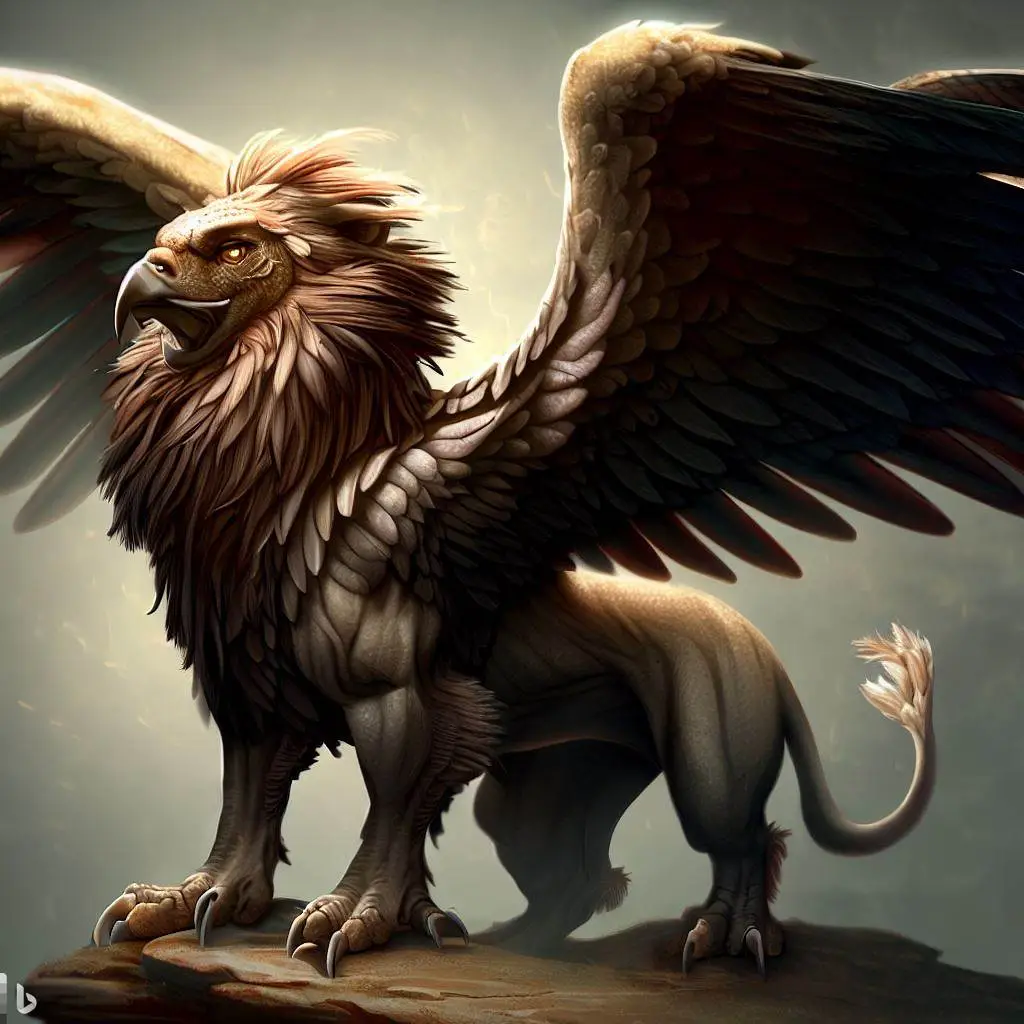
The griffin remains a popular creature in various fictional works today. Some modern examples include:
Harry Potter
The griffin features in the Harry Potter books as one of the magical creatures of the wizarding world. They are described as having the hindquarters of a lion, wings and the head of an eagle. The Hogwarts house of Gryffindor uses the griffin as its symbol.
Dungeons & Dragons
Griffins are powerful magical beasts included in the various Monster Manual sourcebooks for the tabletop roleplaying game Dungeons & Dragons. They may be ridden as mounts by high-level knights and paladins.
Books and Film
Griffins have appeared as supporting characters in works ranging from Rick Riordan’s Percy Jackson novels to Jim Henson’s fantasy films. They provide an exotic, whimsical touch to fictional worlds.
Logos and Mascots
Due to their majestic appearance, griffins are a popular mascot and logo. They can be seen on emblems, coats of arms, flags, and signifying sports teams, companies, schools and more.
The continued use of the griffin shows how this mythic hybrid creature still captivates the imagination. It flies on in the modern consciousness, the wings of the past carrying it into the future.
FAQs About Griffins
Is a griffin good or evil?
Griffins are not inherently good or evil, but they are often considered to guard their treasure out of a sense of duty and righteousness rather than selfish greed.
What are the powers of the griffin mythical creature?
Griffins have the powers of flight, strength, speed, and keen vision, as well as the ability to protect and guard treasures and priceless possessions.
What does the griffin symbolize in Egyptian mythology?
Griffins symbolize divine power and nobility, as they combine the attributes of the king of the beasts (the lion) and the king of the birds (the eagle).
Is a griffin a type of dragon?
No, griffins are not a type of dragon, but they are sometimes associated with them in legends and folklore.
How do you pronounce griffin?
The most common pronunciation is \”GRIF-in\”, with a hard G at the start. The word rhymes with \”stiffen\”.
What do griffins eat?
Ancient myths vary on griffin diets. Some depict them preying solely on gold or treasure. More often, they were shown hunting wild game like deer, cattle and horses with their sharp talons.
Are griffins real?
No, griffins are mythical creatures. There is no scientific evidence that any creature matching the griffin’s description has ever existed in real life. They originated in ancient legend and folklore.
What’s the difference between a griffin and a hippogriff?
A hippogriff has the head and wings of an eagle at the front, but the body and hind legs of a horse rather than a lion. It is therefore part eagle, part horse. The griffin remains part eagle, part lion.
Why do griffins have the head of an eagle?
The eagle was considered the king of the birds, and a solar symbol associated with gods like Apollo. Combined with the lion, the eagle head helped create an image of divine power and nobility.
Conclusion
The griffin’s hybrid form captures our awe of nature’s ferocity and beauty. While purely imaginary, this mythic beast resonates with the human search for meaning through symbols. Even as our knowledge grows, griffins help illuminate the past and their wings still stretch imagination.
Perhaps part of the griffin’s enduring magic comes from it representing the sublime. It blends the majestic with the monstrous. We may never be able to truly tame or comprehend such mythic creatures. But through them, we can find new ways to grasp the eternal.
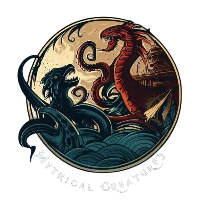
![Griffin Mythical Creature: Fascinating Facts and Legends 4 mythical creatures art Griffin Mythical Creature Steel Tumbler [hot and cold drinks]](https://mythicalcreatures.blog/wp-content/uploads/2023/11/101630-600x600.jpg)
